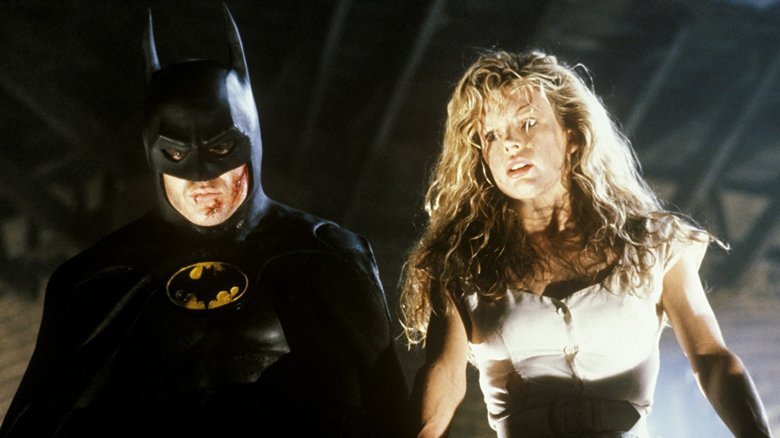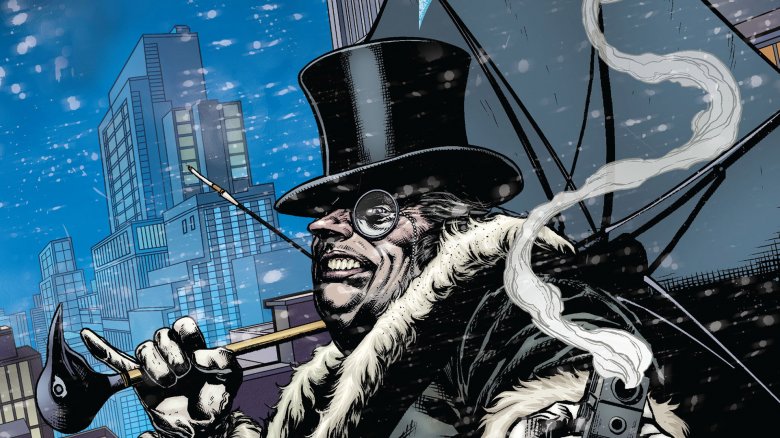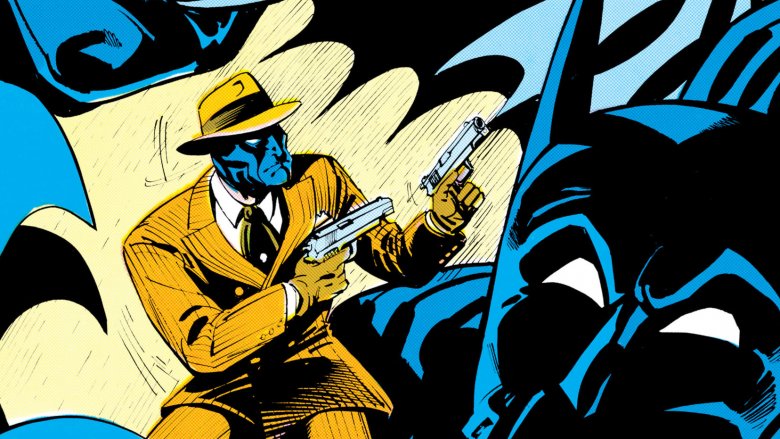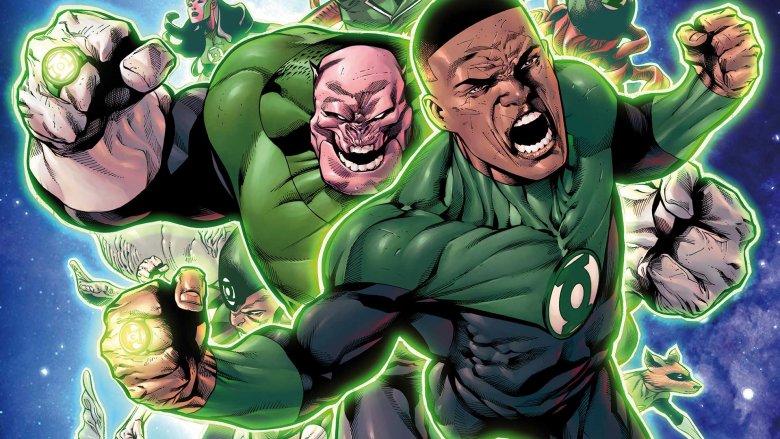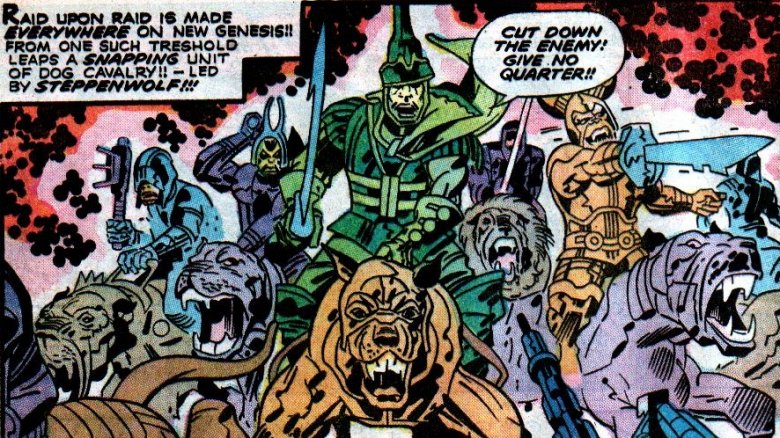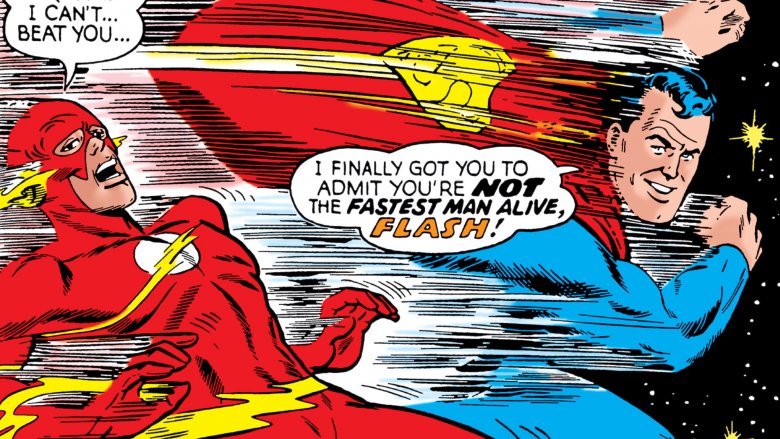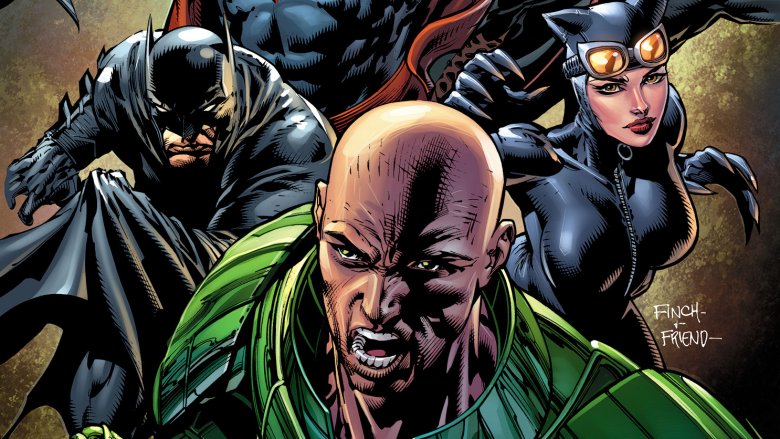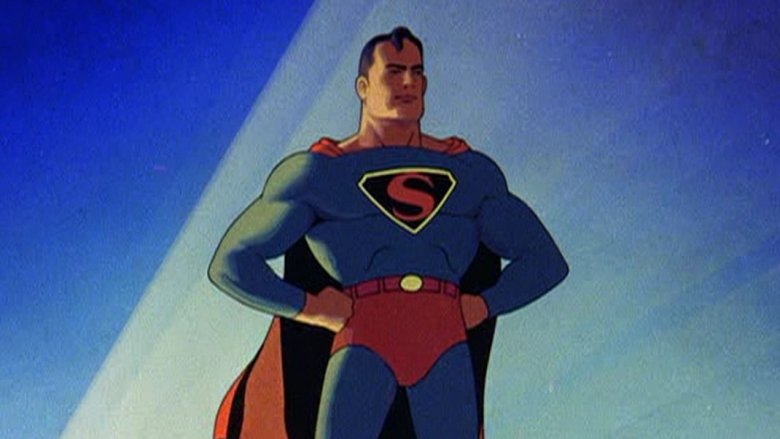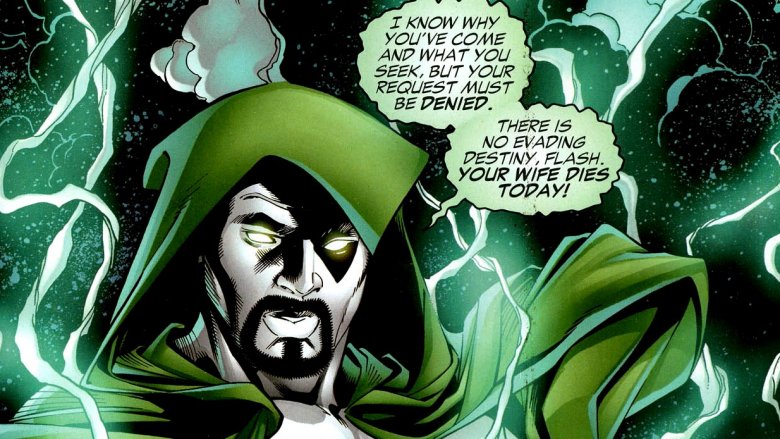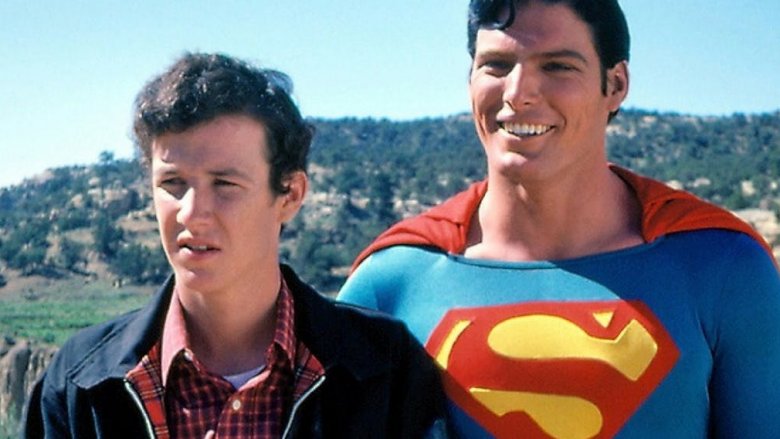Easter Eggs You Missed In Justice League
Justice League has arrived—and finally united six of DC Comics' flagship heroes on the big screen. Only together can they fight off an influx of violent parademons from the alien world of Apokolips, and the evil Mother Box machinations of... Darkseid's creepy uncle. Woven into the film's half-dozen converging storylines were also a lot of little Easter eggs, all calling out to the hardcore fans who understand and appreciate the Justice League's rich history. Here are just a few.
Party like it's 1989
For many Batman fans, the golden era of DC movies began and ended with 1989's Batman, directed by Tim Burton and scored by new wave virtuoso, former Jack Skellington, and cinematic composer Danny Elfman. Elfman stepped away from the whole Batman thing after 1992's Batman Returns, leaving five indelible notes stuck in every Batman fan's head forever. It took 25 years, but he returned to score Justice League—and he brought his old soundtrack with him. As Batman appears to Commissioner Gordon on the rooftops of Gotham City, those five notes can be heard again... and it's pretty sweet. Speaking of Batman Returns...
The Penguin
Even though Batman is usually only ever seen fighting street toughs, Superman, and space demon-bugs, the DCEU drops hints about his 20 years of crimefighting in Gotham, from the spraypainted Robin suit in his Batcave to casual mentions of his past adventures. One especially great mention comes when Alfred drops a bomb about exploding wind-up penguins, which can only mean one thing. It's hard to imagine what a DCEU Penguin would look like, but it probably has a lot of tattoos, daddy issues, owns a sassy dance club, and comes with an incomprehensible backstory. Or maybe it's just a weird attempt to tie some aspects of Batman Returns in with the new, dour DCEU. Either way, bring back the bomb-birds!
Janus
In addition to the confirmation of the Penguin as a legit DCEU villain, we also get a hint at another Batman bad guy: Black Mask. As Batman is battling a parademon across the skies of Gotham, we see a bunch of different businesses and buildings, one of which sports the name "Janus." This refers to a few things in the DC Universe: a metahuman villain who transforms into a dragon-like monster, Alton Janus, a.k.a. the White King, or even the identity that Two-Face temporarily took during a short run in Batman: Shadow of the Bat. But the most likely use of Janus here is Janus Cosmetics, which appears in Batman #386, a company once run by Charles Sionis... and then his son Roman, who killed him to gain control of the company. Because of corporate shenanigans, Wayne Enterprises ends up purchasing Janus Cosmetics and leaving Roman without a job, which causes the murderous magnate to take on the villainous mantle of Black Mask and swear revenge on Bruce Wayne. At least it's not Kite Man, right?
Green Lantern
The schedule for the DC movie universe has changed shape more times than Plastic Man, but one thing that's been more or less consistent is that the DCEU would include the Green Lantern Corps in one way or another. As of now, they'll be getting their own movie in 2020. No one really expected to see a Lantern in Justice League, in other words, but one member of the Corps appears during the battle between the armies of Apokolips and the collected might of humans, Atlanteans, and Amazons. It's a quick shout-out to future DCEU films, and places the Corps on Earth at least once during their billion-year history patrolling the cosmos for bad business. Why they've abandoned Earth in recent years is anyone's guess.
New Gods
Leave it to horn-headed villain Steppenwolf to literally drop the name of his first comic appearance in one of his many meandering speeches. There's a lot of talk about how the Old Gods are just a bunch of dead losers, but it's these "New Gods" who'll really set the universe right—just like in DC Comics' New Gods #7, where Steppenwolf made his debut. The guy is anything but subtle. In a larger sense, the phrase "New Gods" refers to the entire pantheon of heroes and villains devised by Jack Kirby, a bunch of super-powerful aliens who split their residence between the warring worlds of New Genesis and Apokolips. Just how many of these weirdos will appear in the DCEU is anyone's guess, but if DC knows what's good for them, we'll be seeing Granny Goodness next. Right?
Superman v Flash
Who's faster: The Flash, master of the speed force, or Superman, the alien who can do just about anything except carry a playable video game? The two heroes' comparable speed is glimpsed briefly during the final fight against Steppenwolf, but Justice League's mid-credit scene is a direct homage to the many, many times that Supes and Flash engaged in a friendly competition to see who was fastest. Who wins? You'll just have to check out Superman #199 to find out. Or Flash #175. Or Adventures of Superman #463. Or a dozen other comics that apparently never definitively settled the score. Aren't there people who need saving somewhere?
Too many leagues
By the end of Justice League, both Bruce Wayne and Lex Luthor are putting together their teams, and while neither one is outright named, the implications are obvious. Bruce is thinking of a table with six chairs... or maybe more, depending on how many super-people respond to his RSVP. It's an obvious nod to the Hall of Justice, which pretty consistently features a table at which all of the members of the League make all of the big decisions, like how they're going to beat the newest evil, or if they should order from Quiznos or Subway.
Meanwhile, an escaped Lex Luthor talks to Deathstroke about forming their own group—which, per DC Comics tradition, can only refer to the Injustice League, a villainous collective founded by Lex Luthor that at one point counted Deathstroke as one of its members. Since there have been at least 60 villains who've cycled in and out of the Injustice League, it doesn't really drop any reliable hints in terms of the future of DCEU villainy... but was that thief being apprehended by Wonder Woman at the end of the film possibly Selina Kyle? Black Manta is scheduled to be a villain in Aquaman's solo film, and half of the Suicide Squad have been members, so that's half of a League right there.
Truth and justice
Even the most casual Superman fans know that the big blue Boy Scout stands for three main ideals: truth, justice, and the American way. In the 1940s, however, he was only really into the first two—while the intro to Fleischer Studios' series of Superman animated shorts only associated the hero with truth and justice, by the time the 1952 live-action TV series came around, Superman was upholding "the American way" as well. References to the slogan appeared in 1978's Superman, and in plenty of other super-properties after that, and it even made an appearance in Justice League, during Supes' fight with Steppenwolf, when our reborn hero declares that, in addition to truth, he's also kinda into justice now. Good for him.
The Spectre
While his name isn't really mentioned during Justice League, the detective that Commissioner Gordon confers with about a parademon sketch is credited as Crispus Allen. In addition to sounding like a bad flavor of potato chip, Allen is a known character in the DC Universe. He spends most of his comic book career as one of Gotham's few non-crooked cops, and he isn't a huge fan of Batman. Unfortunately for Allen (or at least one of DC's versions of him), he ends up getting killed by another cop, and becomes the all-powerful instrument of God's wrath, the spirit of vengeance known as the Spectre. As far as levels of power go, the Spectre could give Steppenwolf a run for his money, but until we're done stumbling through awkward Atlantean mythology, we're happy that the guy is just a good cop for now.
The original Jimmy Olsen
It's probably the most subtle Easter egg in all of Justice League, but it's a good one. Most people probably won't recognize the officer who checks Barry Allen into the prison to see his dad, but the actor's name is Marc McClure. You may recognize him as Marty McFly's older brother Dave, and, well... that's about it. Aside from that, McClure's most prominent recurring role was that of newsboy Jimmy Olsen in all four Christopher Reeve Superman films and the 1984 Supergirl movie, making him the only actor to appear in more Superman films than Christopher Reeve himself. Congrats on number six, Marc.
